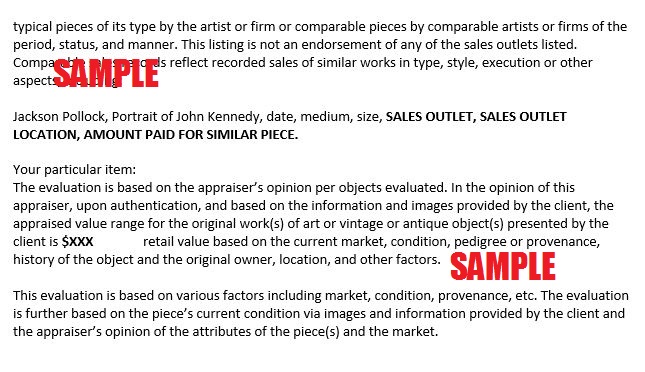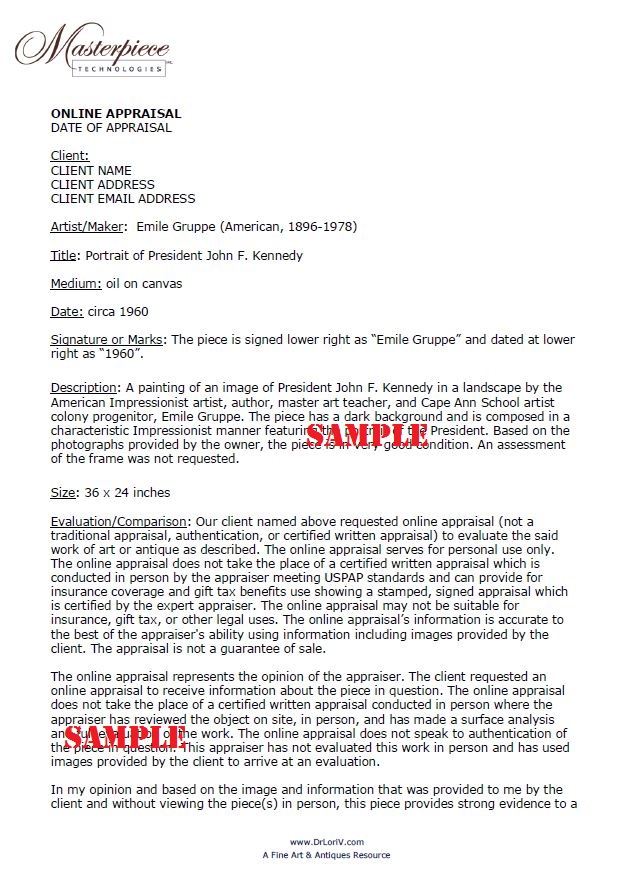
by Dr. Lori Verderame
Today, Mattel Inc.’s famous Barbie doll is an American toy icon. Getting the famous fashion doll to such high status was no small feat. The Barbie doll debuted at the International Toy Fair on March 9, 1959 in New York city. Barbie came to be as a result of the idea put forth by Ruth Handler who was inspired by an adult female fashion doll made in Germany. Handler wanted to close a gap in the doll market, yet her husband, an executive at Mattel Inc. and his colleagues were not keen on the idea of an American female adult fashion doll when Ruth presented the idea to them. While the German doll was very popular with girls abroad as well as with the Handler’s own young daughter aptly named Barbara, the Barbie doll was not initially a big win with toy makers.

In 1959, the first Barbie dolls sold for $3 each. Unlike early German bisque dolls, antique china dolls, and Madame Alexander dolls all of which were made to look like infants, toddlers, or youths, the Barbie doll was an adult female fashion doll which focused on the world of working and career minded figures.
The Difference about Barbie
Barbie was a different type of doll and such a doll was untested in the market. Barbie was inspired by an adult fashion doll called the Bild Lilli dolls which were popular in Germany. Teenaged girls were not what traditional dolls typically mimicked prior to Barbie’s introduction. Most dolls were baby dolls or dolls geared to young children, not to teenagers and certainly not dolls that looked like or dressed like adults. Barbie highlighted teen issues, an interest in contemporary clothing, young adult issues, how teens were considering adulthood, and thinking about the future. The different Barbie concept made Barbie an unknown in the market which gave market insiders pause. However, it became quickly obvious that this new concept also made Barbie desirable with buyers.
Barbie was different from other dolls of the 1950s like Chatty Cathy and the Madame Alexander dolls because these dolls did not have the teenage appeal. These other dolls were based on characters, which differed from Barbie who was her own character. This is Barbie’s great appeal. Barbie showed similarities to major female figures of the early 1960s like the haircut of First Lady Jackie Kennedy or the celebrity status of Marilyn Monroe, but Barbie was not following the pack; she was a leader and young girls and teens were attracted to this new doll concept.
Barbie remains influential today because Barbie goes with the changing tides. Barbie has adapted to changing times. The collectible toy market and collectors have kept Barbie in the front of people’s minds. Barbie adapted to the cultural and social changes of the decades from the 1960s to the early 2000s. Barbie had various careers, changed over time, embraced new technology. Mattel Inc. has done an excellent job of allowing Barbie to change with the times too.
The Most Valuable Barbie Dolls
In addition to the German Bild Lilli dolls which have skyrocketed in the recent collectible doll market, the early, rare, and unusual Barbie dolls by Mattel, including Barbie’s relatives and friends, are worth the most in terms of appraised value from a vintage collectibles perspective. Some of the most valuable Barbies are:
Original Barbie no. 1 with black/white striped bathing suit (1959)
Bubblecut hair Barbie (early 1960s)
Francie (Barbie’s fashionable modern English cousin, 1965)
Gala Abend Barbie (1965)
Barbie in Midnight Red (1965)
Also there are some designer Barbies that don real diamonds and designer dresses which bring interest from collectors.
The Barbie doll was introduced with specialty outfits, shoes, accessories, etc. Today, not only are vintage Barbie dolls collectible and valuable, but so are vintage Barbie clothes, shoes, coats, boots, portable wardrobes, dream houses, airplanes, cars, etc. Dolls range in value well into the thousands of dollars depending on many factors and some individual Barbie collectible clothes and accessories are worth $10 to $1,000. So think twice before you give any away at your next yard sale.
Barbie has been featured on major magazines, television, various advertising campaigns, and even the cover of the 50th anniversary edition of Sports Illustrated’s popular swimsuit issue wearing her famous black and white striped one-piece bathing suit from 1959.
What to Look For

Early Barbie dolls of the 1960s reflected the fashions of the times with fashionable suits, jewelry, and bubble cut hairdos reminiscent of the style of Jacqueline Kennedy, Elizabeth Taylor, and Marilyn Monroe. Some Barbie dolls came with interchangeable wigs and there were three shades of hair color: red or titian, brunette, and blonde. Distinctive facial features were known to Barbie dolls too such as blue eyes, hair to match eyebrows, and red lipstick. Certain Barbie outfits are more valuable and more collectible like the quintessential black and white striped bathing suit, white cat eye sunglasses with blue lenses, metallic gold wedge shoes, cowboy boots, stud pearl earrings, and evening gowns. Barbie clothes came in fashion paks which were accessory outfits that were packaged together.
Collectors Desire Barbie
Collectors or people hoping to sell a vintage Barbie doll should look out for a few key points:
To get a high price, your Barbie must be in good condition. Condition is most important when it comes to appraised value. Condition is key when assessing the value and authenticity of a Barbie doll. Barbie collectors are picky.
Some aspects of a valuable Barbie doll are rare eye colors since Barbies did not always have eye colors, no ink stains, dirt, original pearl stud earrings in older Barbies, any of the original vintage Barbie accessories like dreamhouses, clothing, shoes, sunglasses, vinyl carrying cases, etc. all impact overall value. The skin tone and hair color of a Barbie doll impact value assessment on the collectibles market. Related Barbie dolls are also of interest like Skipper, Ken, and Midge dolls. Original packaging, boxes and the like will impact value positively. Clothing in good condition with Barbie tags intact and accessories are also of interest to collectors. Look for information about the doll and its maker on the original box and associated paper brochures.
Get an online appraisal of your Barbie doll and Barbie clothes and accessories from Dr. Lori.


